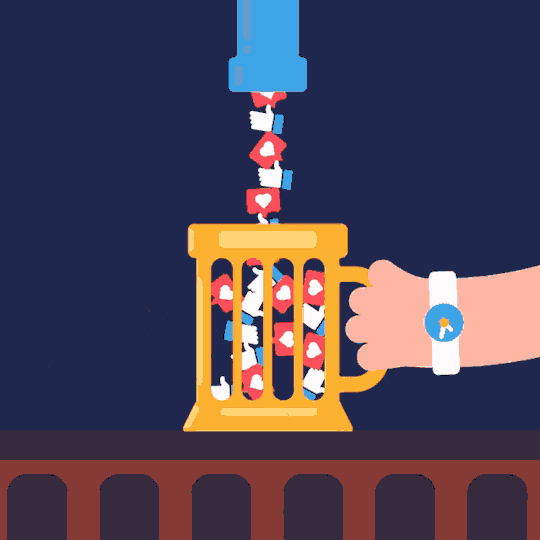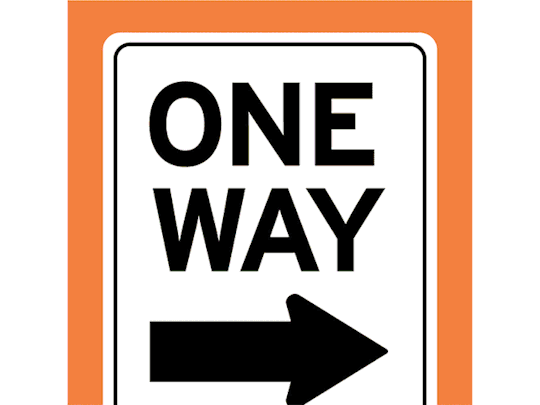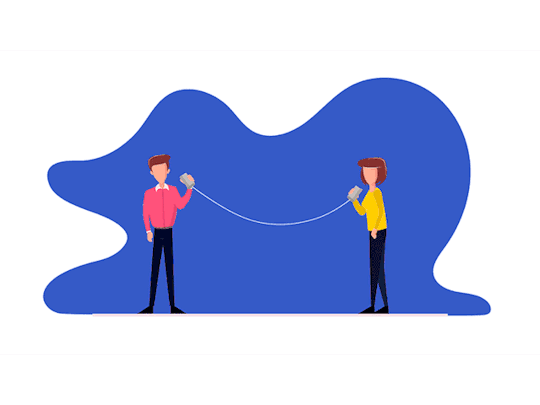#OnlineHealthCampaign
Explore tagged Tumblr posts
Text
Is Public Health Campaigns on Social Media More of a One-Way Communication Than a Conversation
#Week7 #MDA20009
In the digital age, social media platforms have emerged as powerful tools for public health campaigns. Government agencies, nonprofits, and health organizations use these platforms to raise awareness, share crucial information, and influence public behavior. However, a question arises: Are these campaigns truly fostering a two-way dialogue or merely serving as one-way communication channels? In this blog, we delve into the dynamics of public health campaigns on social media to explore whether they facilitate meaningful conversations or primarily disseminate information.

The Rise of Social Media in Public Health
Social Media's Transformative Role in Public Health
Social media platforms like Facebook, Twitter, and Instagram have become indispensable tools for public health organisations. They allow for mass communication, instant updates, and the ability to reach a diverse audience. These platforms enable health campaigns to engage with the public like never before (Kanchan & Gaidhane 2023).

Informing the Public
Public health campaigns leverage social media to distribute important information. For example, during COVID-19 pandemic, platforms were used to convey updates on infection rates, vaccine distribution, and safety guidelines. However, the e1fectiveness of these campaigns is not solely dependent on the information they provide but on how they engage the public (Chen & Wang 2021).

One-Way Communication: The Challenges
Broadcasting Messages
Public health campaigns on social media often resemble traditional advertising. They focus on broadcasting messages to a wide audience, which can be seen as a one-way communication approach. In this model, information flows from the campaign to the public without much room for interaction (Kapur 2018).

Lack of Engagement
One of the key challenges is the lack of genuine interaction. Many campaigns post content without actively encouraging comments or questions. This creates a sense of passivity, where the public is expected to receive information but not actively engage with it (Ruler 2018).

The Echo Chamber Effect
Another concern is the echo chamber effect, where campaigns target individuals who already agree with the message. This can reinforce existing or change the minds of those who hpld different views (Ma 2022).

Transitioning to Two-Way Communication
Interactive Content
To move away from one-way communication, public health campaigns needs to create interactive content. Polls, surveys, and quizzes can encourage users to participate actively. For instance, campaign on smoking cessation could share a quiz that assesses a user's readiness to quit and offers personalized advice (Weheba & Kader 2007).

Encouraging Questions and Feedback
Campaigns can also actively encourage users to ask questions and provide feedback. They can dedicate time for Q&A sessions or open forums where experts respond to inquiries. This approach not only informs but also fosters engagement

Incorporating Storytelling
Stories have a unique power to humanize public health issues. Sharing personal experiences, survivor stories, or testimonials can make campaigns relatable and encourage users to share their own stories and concerns.

Case Studies in Meaningful Conversations
The "Know Your Lemons" Breast Cancer Campaign
The "Know Your Lemons" campaign effectively utilizes two-way communication. It educates women about breast health through a conversation starter: a set of lemons representing different breast abnormalities. This interactive approach empowers women to ask questions, share concerns, and engage with the campaign's message actively (Yen et.al 2021).

The CDC's COVID-19 Twitter Chats
The Centres for Disease Control and Prevention (CDC) conducted Twitter chats during the pandemic. They provided a platform for experts to address public concerns and answer questions in real-time. These chats transformed their Twitter feed into a place for dialogue and information exchange (Lyu & Luli 2021).

The Balance: When One-Way Communication Is Appropriate
While striving for two-way communication is crucial, it's important to recognize that not all public health campaigns are suited for extensive conversation.
Emergency information
In crisis situations, such as natural disasters or disease outbreaks, rapid dissemination of information is paramount. During these times, one-way communication may be more appropriate to ensure that the public receives vital instructions without delay (Adu-Oppong 2014).

Factual information
When sharing straightforward, factual information like vaccination schedules, it may be more efficient to maintain one-way communication. Nevertheless, campaigns can always encourage users to seek more information through resources or helplines.

Conclusion
Public health campaigns on social media have the potential to be more than just one-way communication. They can foster meaningful conversations, educate the public, and create a sense of shared responsibility. However, to achieve this, campaigns need to actively engage with their audience, encourage questions, and embrace interactive content. By striking a balance between one-way communication and dialogue, public health campaigns can maximize their impact and effectively serve the public interest. In an age where misinformation and fear can spread rapidly, social media can be a powerful force for good when harnessed effectively.

References
Adu-Oppong 2014, 'Communication in the workplace: Guidelines for improving effectiveness', Global Institute of Research & Education, vol. 3, no. 5, viewed 24 October 2023, <https://www.researchgate.net/publication/304782482_COMMUNICATION_IN_THE_WORKPLACE_GUIDELINES_FOR_IMPROVING_EFFECTIVENESS>.
Chen, J & Wang, Y 2021, 'Social media use for health purposes: Systematic review', Journal of Media Internet Research, vol. 23, no. 6, viewed 23 October 2023, <https://www.ncbi.nlm.nih.gov/pmc/articles/PMC8156131/>.
Kanchan, S & Gaidhane, A 2023, 'Social media role and its impact on public health: A narrative review', Cureus, vol. 15, no. 1, viewed 23 October 2023, <https://www.ncbi.nlm.nih.gov/pmc/articles/PMC9925030/>.
Kapur, R 2019, Barriers to effective communication, ResearchGate, viewed 23 October 2023, <https://www.researchgate.net/publication/323794732_Barriers_to_Effective_Communication>.
Lyu, JC & Luli, GK 2021, 'Understanding the public discussion about the centers for disease control and prevention during the COVID-19 pandemic using Twitter data: Text mining analysis study', J Med Internet Res, 9 February, viewed 24 October 2023, <https://pubmed.ncbi.nlm.nih.gov/33497351/>.
Ma, Y 2022, 'Role of communication strategies in organizational commitment, mediating role of faculty engagement: Evidence from English language teachers', Frontiers in Psychology, 22 June, viewed 23 October 2023, <https://www.ncbi.nlm.nih.gov/pmc/articles/PMC9257226/>.
Ruler, BV 2018, 'Communication theory: An underrated pillar on which strategic communication rests', International Journal of Strategic Communication, vol. 12, no. 4, viewed 23 October 2023, <https://www.tandfonline.com/doi/full/10.1080/1553118X.2018.1452240>.
Weheba, D & Kader, MA 2007, 'The impact of communication in teaching: A two-way communication approach', Tourismos: An International Multidisciplinary Journal of Tourism, vol. 2, no. 1, viewed 23 October 2023, <https://www.researchgate.net/publication/47716235_The_impact_of_communication_in_teaching_A_two-way_communication_approach>.
Yen, MCM, Islam, T, Ellsworth-Beaumont, C, Dhillon, SK, Ganggayah, MD & Taib, NA 2021, 'The "Know your Lemons" tools: A strategy to improve breast cancer warning signs recognition in Malaysia', Journal of Education and Health Promotion, 29 July, viewed 24 October 2023, <https://www.ncbi.nlm.nih.gov/pmc/articles/PMC10506761/>.
#week7#MDA20009#PublicHealth#SocialMediaCampaign#HealthCommunication#OnlineHealthCampaign#HealthAwareness
1 note
·
View note